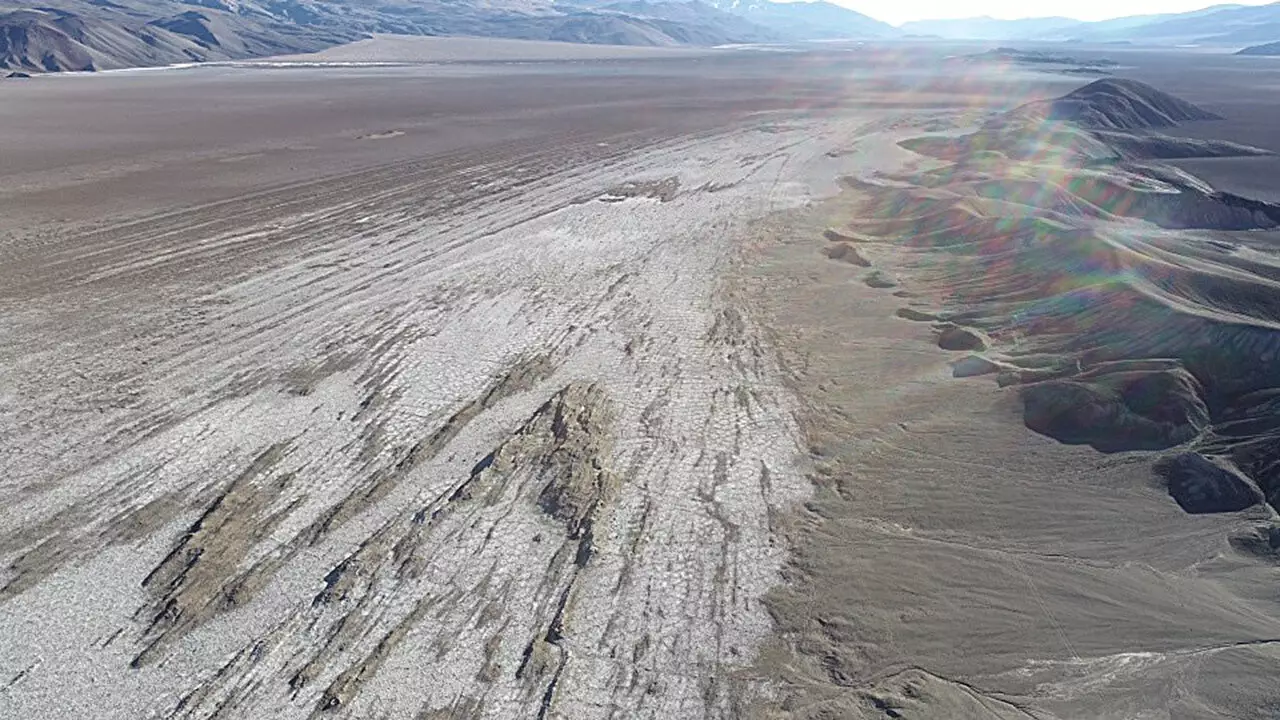The Andean Plateau, towering over South America like a colossal guardian, pushes the boundaries of our understanding of geological processes. With an impressive elevation of over 4,000 meters above sea level, this vast expanse is a result of orogenic uplift—a phenomenon that can be traced back more than 20 million years. Such enormous geological structures are not mere accidentals of nature; they are the result of dynamic interactions at convergent plate boundaries, where tectonic plates collide and contort, creating mountainous features that define our planet’s landscape. The study of such formations holds critical clues not only to their past but also to the geological narratives of similar highlands globally.
Decoding Geological Histories Through New Research
Recent research led by Rodrigo Quiroga and his team sheds new light on the evolution of the Puna region, part of the South Central Andean Plateau. Published in Tectonics, the findings illuminate the intricate history encoded within this rugged terrain. By employing a combination of satellite imagery and advanced modeling techniques, the researchers meticulously mapped current structural features of the plateau. This innovative methodology allowed them to reconstruct historical deformations over a remarkable 24 million years, demonstrating how the forces of nature have sculpted the landscape into what it is today.
Understanding geological history is akin to piecing together a complex puzzle where each tectonic event represents a pivotal piece, shifting and evolving with time. The utilization of uranium-lead dating to analyze zircon minerals further enriched this narrative, revealing critical insights into the region’s stress history. As these hardy minerals can unveil the conditions of their formation, they serve as valuable indicators of the evolving tectonic forces that have shaped the Andean Plateau.
A New Perspective on Orogeny: Stages of Evolution
What emerged from Quiroga’s research is a groundbreaking classification of the plateau’s evolution into four distinct stages, each defined by varying stress regimes. The initial phase focused on east-west compression, while the final stage transitioned toward a strike-slip regime, illuminating a shift in geological dynamics. The two intermediate stages present a fascinating tapestry of transitional states. This nuanced understanding challenges prevailing notions of uniform geological processes, suggesting instead a complex interplay of stress regimes that underpin the formation of mountain ranges.
This undercurrent of complexity aligns closely with the proposed orogenic evolutions of other prominent plateaus, such as the Tibetan Plateau and parts of the Peruvian Andes. While both areas have reached a critical juncture leading to phenomena like orogenic collapse, the Andean Plateau appears to maintain its structural integrity. Quiroga’s study notes a distinct absence of normal faulting, which typically signals a plateau nearing collapse, raising intriguing questions about its long-term stability and future.
Implications Beyond the Andes
The insights drawn from this research reverberate across the scientific community, enhancing our understanding of not just the Andean Plateau but mountain ranges around the world. As tectonic dynamics continue to evolve, studying these diverse geological histories is paramount. Embracing such research reminds us that our geological world is dynamically alive, offering both challenges and mysteries that beckon for exploration. The Andean Plateau, with its awe-inspiring height and intricate evolution, stands as a testament to the Earth’s remarkable capacity for transformation, urging geologists to delve deeper into its storied past.

